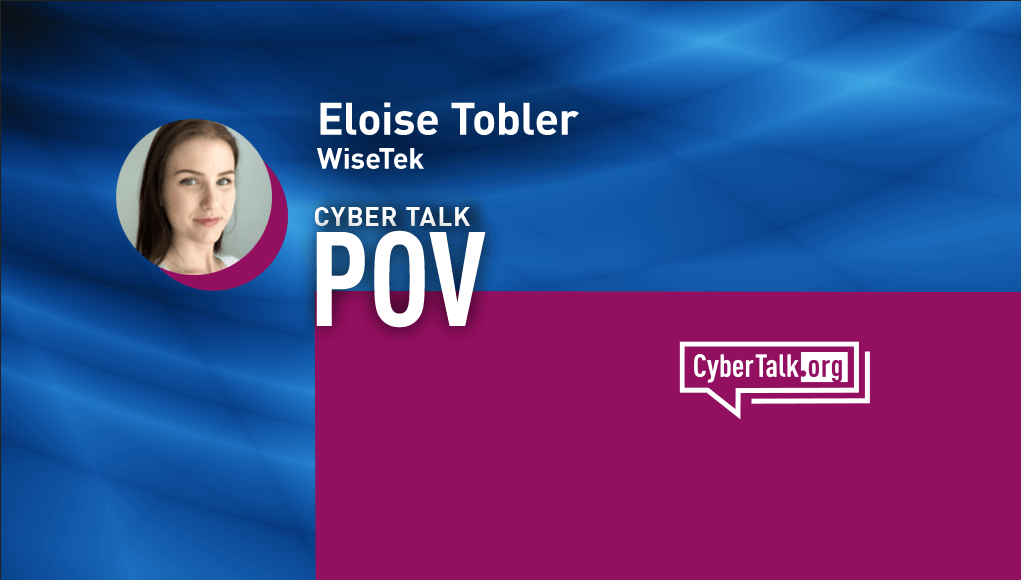This article was written by Eloise Tobler, who specializes in advising businesses in avoiding cyber crime, and works with the WiseTek Store, designed to give customers access to high quality, reliable and affordable refurbished laptops.
Cyber attacks are a growing cause for concern among many businesses worldwide. The frequency and complexity of these attacks has increased over the past few years and hackers have begun targeting business executives. C-suite executives represent a particularly lucrative target for hackers because of their leverage and access to resources within organizations. In this post, explore best practices that businesses should implement to mitigate C-suite cyber security risks.
What makes C-suite executives lucrative targets?
Several factors combine to make top-level executives lucrative targets for hackers. In most organizations, C-suite executives have unfettered access to company data, including sensitive information and financial data.
In addition, C-Suite executives usually have more freedom than other employees when it comes to IT security policies; some C-levels circumnavigate security altogether, giving hackers unfettered opportunities to infiltrate their devices. The devices themselves often have access to more corporate systems than those used by rank-and-file employees, which is another reason as to why hackers prefer to target executives.
Main techniques used by hackers to target executives
Hackers can and will use any method at their disposal to gain unauthorized access to data, but some techniques are employed more frequently than others. These techniques include:
Spear phishing
Spear phishing is a more targeted version of phishing. Typical targets include CEOs, COOs, and CIOs, along with their closest colleagues.
Whaling
Whaling is also a more sophisticated form of phishing. For a whaling attempt to be successful, the hacker(s) often spend long periods crafting a highly individualized campaign. Hacker(s) often use a combination of social media and other publicly available data to craft their digital dupes.
Executive Impersonation
In this form of cyber attack, a cyber criminal attempts to pose as the executive. Hackers often use this approach to send bogus communications to staff members in order to reach a specific end goal, ranging from financial gain to reputational damage.
What should companies do to protect C-suite executives from cyber crime?
C-suite executives require robust protection from cyber criminals. Luckily, there are a few simple best practices that can be implemented to minimize the cyber risks that members of the C-suite could potentially be exposed to. These best practices include:
Clearly defining cyber risks
Ensure that cyber risks are clearly defined and treated as business risks. By communicating cyber risks as a business risk, senior executives are likely to understand the impact that a data breach or hack can have on the company.
Pay extra attention to C-suite executives
C-suite executives are in a higher risk category when it comes to cyber crime. As such, additional attention should be paid to internal company controls with regards to the verification of instructions. Particular attention should be paid to seemingly unusual requests and point of origin should be verified.
Introduce more security layers
By introducing additional security layers, such as multi-factor authentication, the risk of unauthorized access is significantly reduced. It is important to remember that multi-factor authentication should be a part of a company’s data protection system. MFA should always be complemented with software tools such as firewalls, anti-virus and anti-malware defenses. More importantly, everyone should be educated on security best practices such as logging out of systems when not using them and creating complex passwords.
Executives should lead by example
Cyber security is not the sole responsibility of the IT department. Every employee in a company is responsible for ensuring that cyber security is maintained. This responsibility starts at the top of the company and extends down to entry-level employees. However, cyber security doesn’t stop there. Third-party partners that have access to company data should also ensure that the required protocols are always observed. Executives can reinforce a culture of cyber security awareness by ensuring that they lead by example.
Conclusion
Despite what many of us may think, executives are not immune to cyber attacks. In fact, they are prime targets for hackers. The positions that executives hold in a company come with extensive access to company-wide data and operational information. This is what makes executives such lucrative targets for hackers. By paying special attention to the cyber security of the C-suite executives, companies can avoid large financial and/or reputational losses and damage.
On behalf of Check Point Software, please join us at the premiere cyber security event of the year – CPX 360 2022. Register here.




